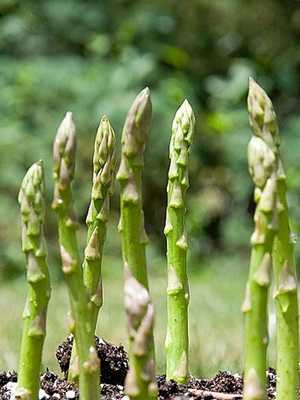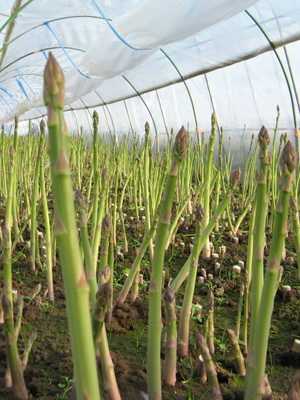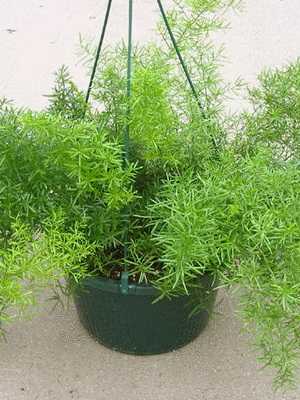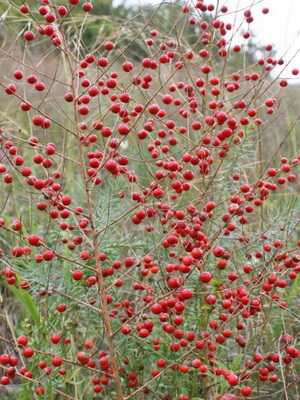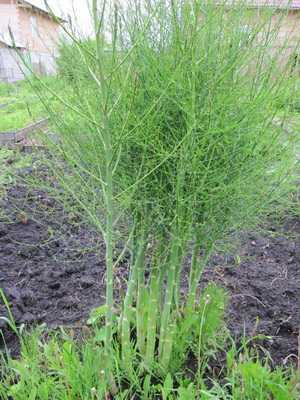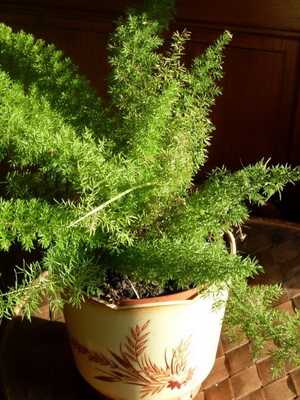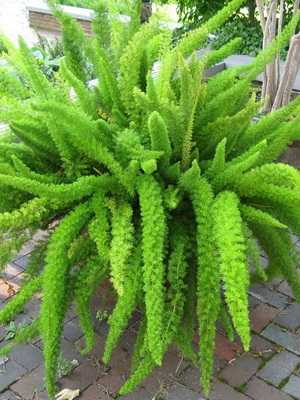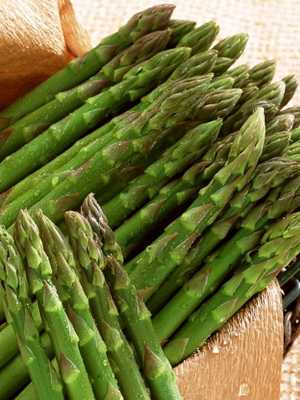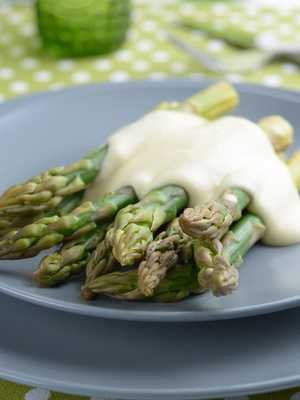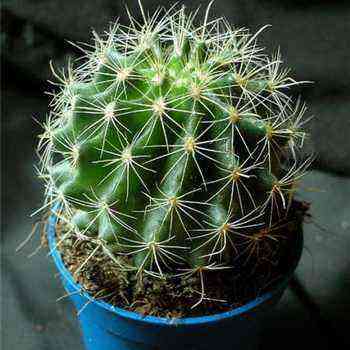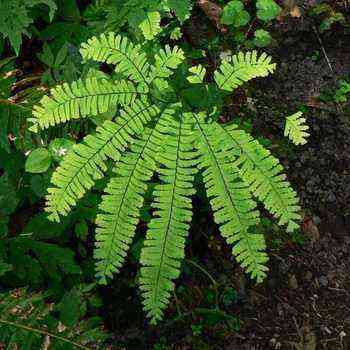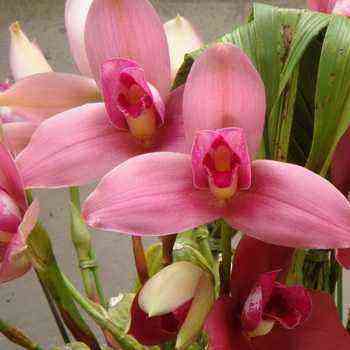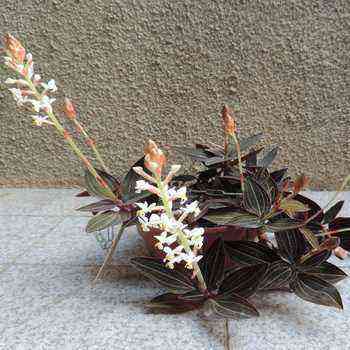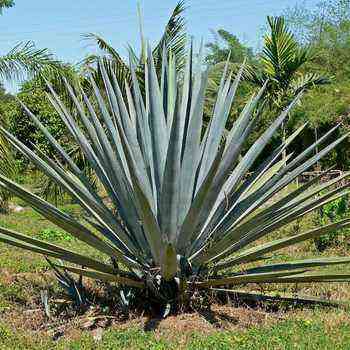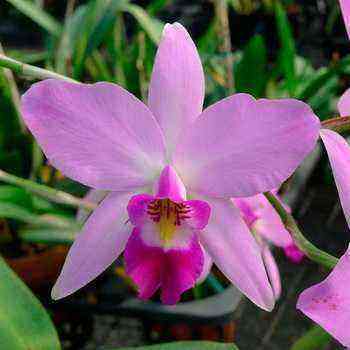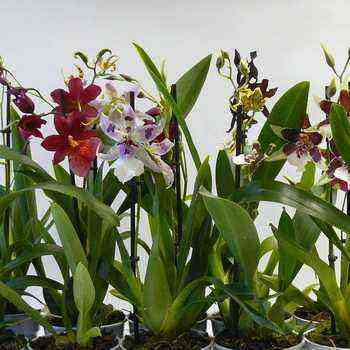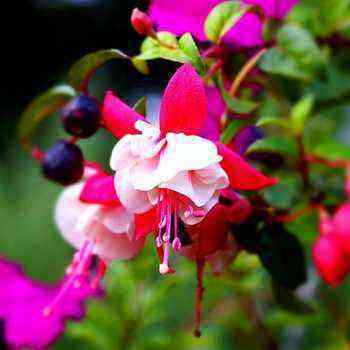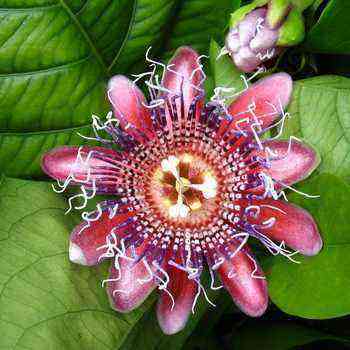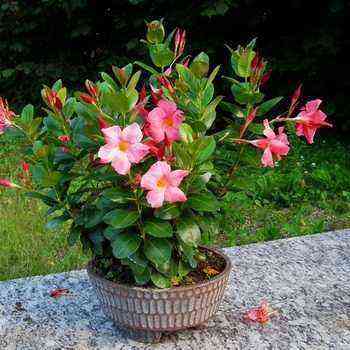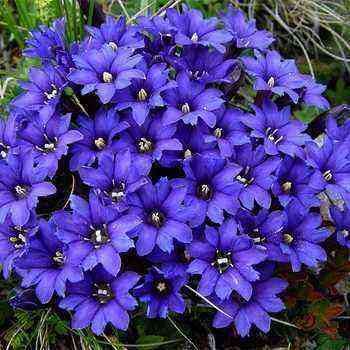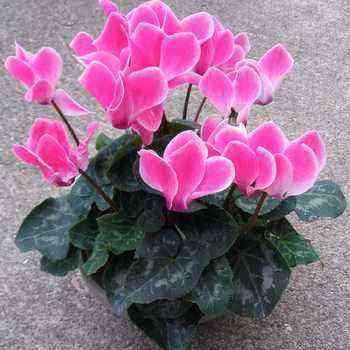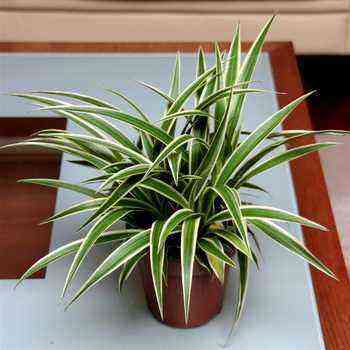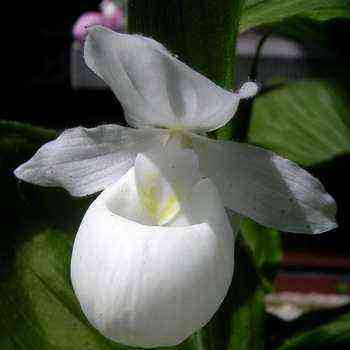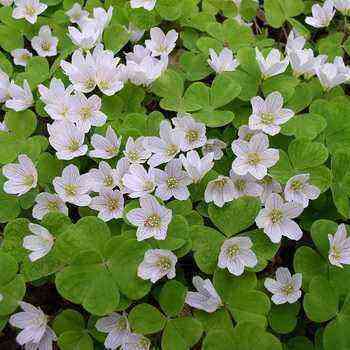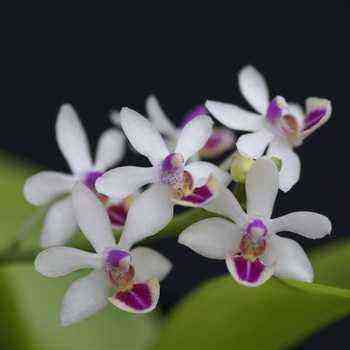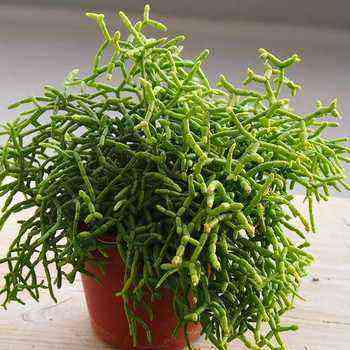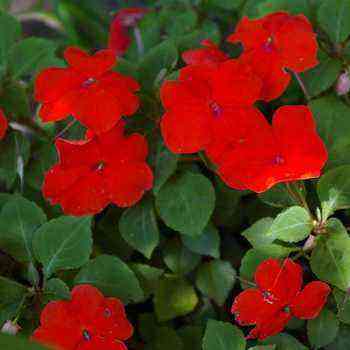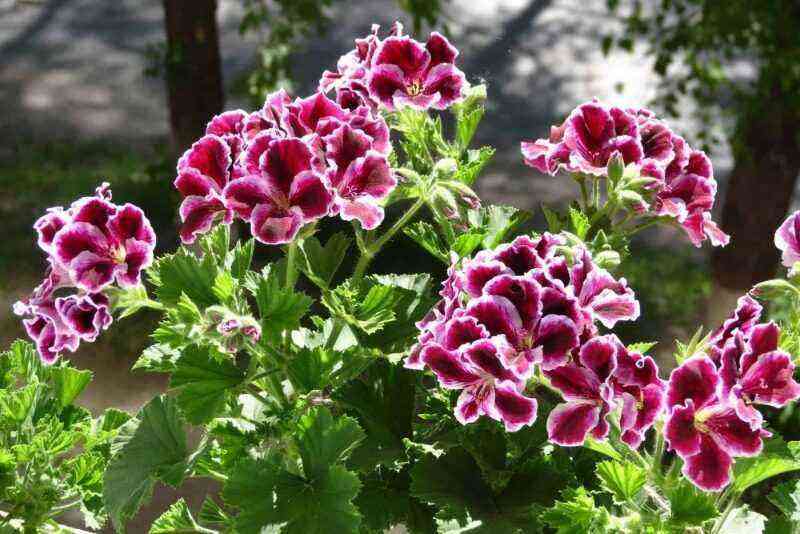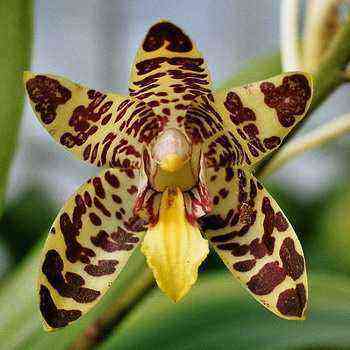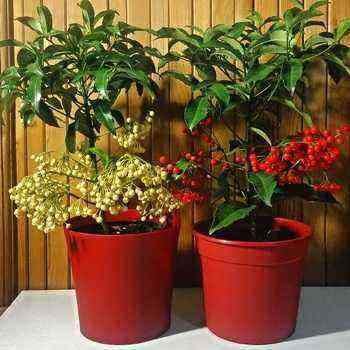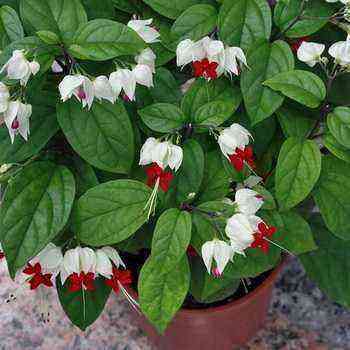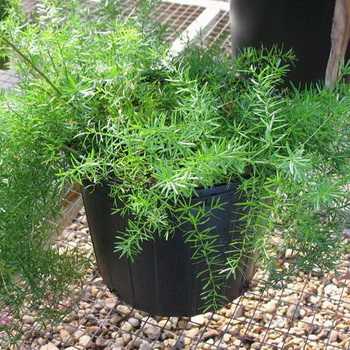
Asparagus, Asparagus (Asparagus) belongs to the Asparagus family. Homeland – South Africa, Asia and Europe.
The genus is represented by perennial herbaceous, semi-shrub and liana-like plants, in which the functions of leaves are performed by modified shoots – phylloclades.
What does asparagus look like in nature and a description of a home flower (with photo)
Asparagus is a perennial evergreen herbaceous ornamental-leaved plant, climbing or strongly branching. The leaves are underdeveloped, pinnate or needle-shaped, bright green in color.
Cultivated asparagus was known four thousand years ago. It was cultivated in Egypt and Rome. It is specially sown in well-fertilized soil. The crop is harvested only after three years, every year sprinkling the stem of the plant with a layer of earth twenty centimeters. Asparagus has rhizomes and from them gives thick juicy sprouts, which in early June make their way through the thickness of the loose soil. As soon as a sprout appears from the ground and does not have time to turn green, it is dug up and cut off. These white shoots, 20 – 25 centimeters long, are boiled and eaten.
See what asparagus looks like in a garden crop:
In nature, wild asparagus species are found in the Caucasus. Green young shoots of wild asparagus are also eaten boiled. It tastes better than cultivated varieties.
The indoor flower asparagus comes from the Cape, where it grows on dry sandy soil, but close to rivers, like a shrub with thin long branches growing straight out of the ground.
Flowers with stamens appear on some specimens, flowers with pistils on others. If pistillate flowers are pollinated with pollen of staminate flowers, then red, then black berries are formed. Gardeners usually decorate their bouquets with sprigs of asparagus that float above the flowers like a veil.
As shown in the photo, a homemade asparagus flower in pots is usually hung on a string to the top of windows:
Their dark green delicate branches hang down beautifully. Hanging plants are called ampelous. On the roots there are “tangles” with tissue storing water.
When caring at home, the asparagus flower is unpretentious, easily adapts to any conditions of detention.
The most interesting thing about the description of asparagus is that it has no leaves. Even in the Sprengeri asparagus, which has small lanceolate “leaves”, in fact, these are not leaves, but twigs. And they are called by botanists “cladodia”, from the Greek word for branch, shoot.
Indoor flowers asparagus: species, names and descriptions of plants
In total, about 300 species of asparagus are known, with photos and names and descriptions of the most popular you can find below.
The most decorative are:
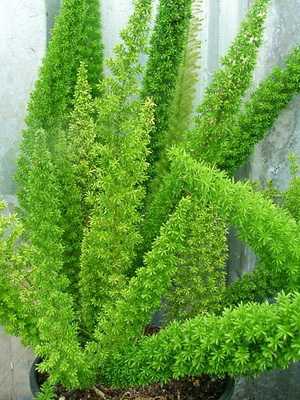
Asparagus Bukhara (A. bucharicus)
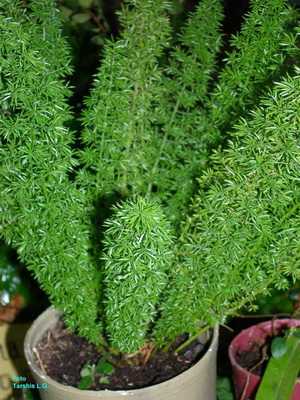
Asparagus dense-flowered (A. densiflorus)

Asparagus umbellate (A. umbellatus)
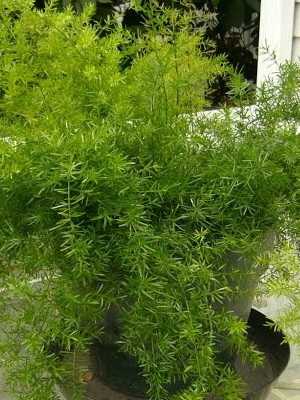
Curly asparagus (A. crispus)
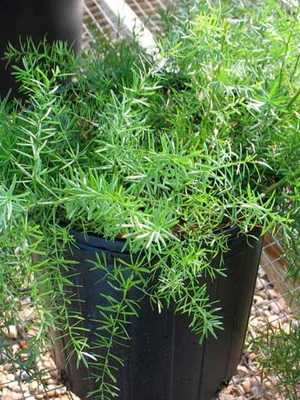
Asparagus climbing (A. scandens)
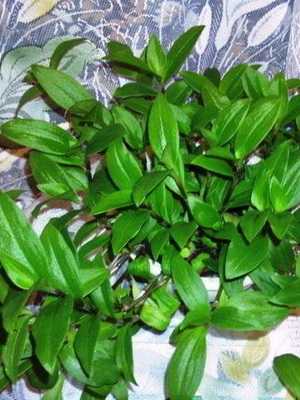
Asparagus asparagus (A. asparagoides)
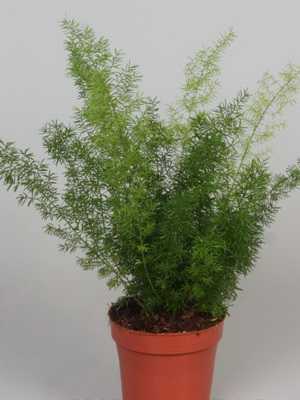
Asparagus bristle-shaped ‘Pyramidalis’ (A. setaceus ‘Piramidalis’)

Asparagus pinnate (A. plumosus)
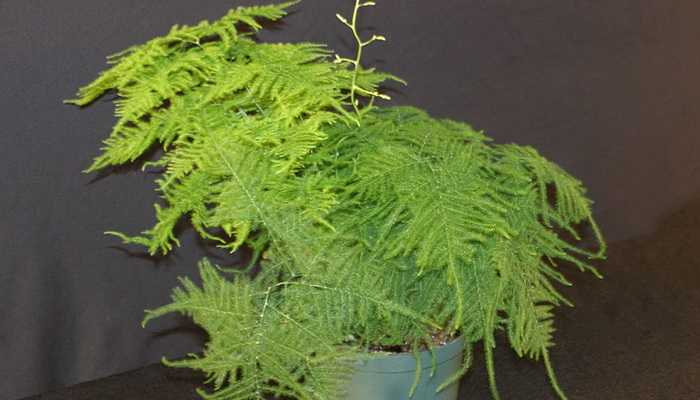
For Asparagus Sprenger (A. sprengeri) are characterized by hanging shoots with bright green small leaves.
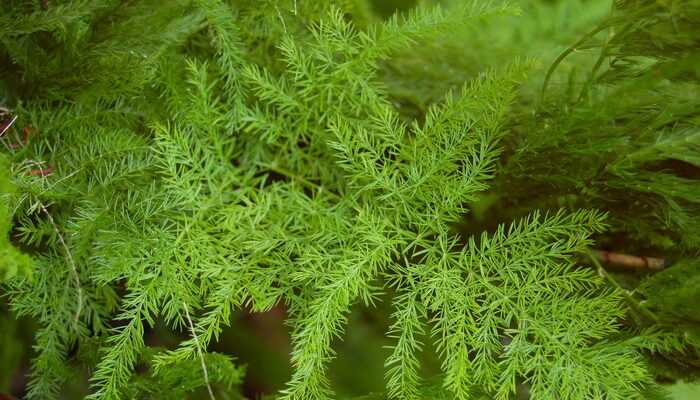
Asparagus low (Asparagus plumosus) grows mainly in the East.
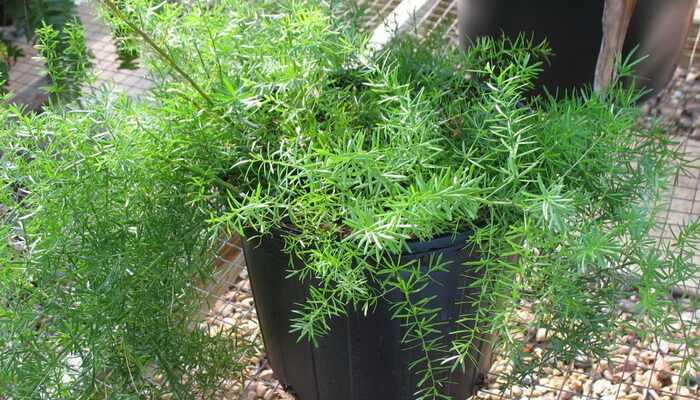
Asparagus pinnate, or pinnate asparagus (Asparagus plumosus Baker) belongs to the asparagus family.
This plant is native to the humid regions of East and South Africa. The plant has branched, climbing shoots with thin open branches. The branches of this variety of asparagus are densely covered with the finest cladodes of a pale green color, which resemble thin needles, soft to the touch, which gives the plant an unusual airiness. Leaves are reduced, up to 0,5 cm long. Flowers are small, solitary or collected in 2-4 pieces, white. Fruits are bluish-black berries.

Asparagus crescent (Asparagus falcatus Lign.) belongs to the lily family. Often found among amateur flower growers. This is a graceful perennial vine. A large number of long flexible stems up to 3-4 cm grow from the rhizome.
Pay attention to the photo – in the houseplant, the asparagus of this species, instead of leaves, has large crescent-shaped cladodia with corrugated edges:
When flowering, the plant produces small white flowers. After pollination, it forms a small red berry, the size of a pea. Well tolerates pruning, which promotes the formation of young shoots.
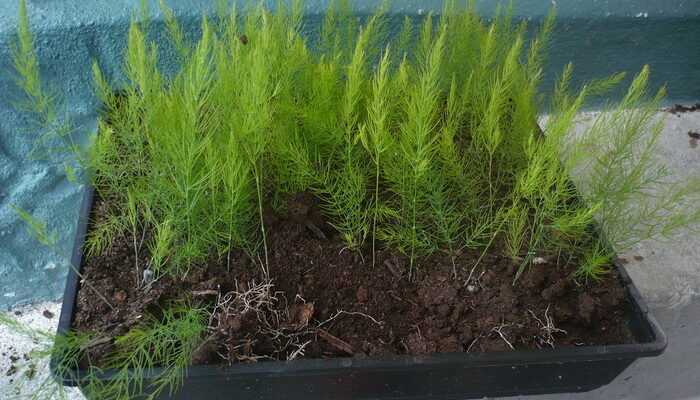
Asparagus the finest (Asparagus plumosus). Belongs to the asparagus family. It is a species of asparagus pinnate. A plant with long, branchy, semi-woody shoots that reach 150–180 cm in length. Covered with soft needle-like cladodia.
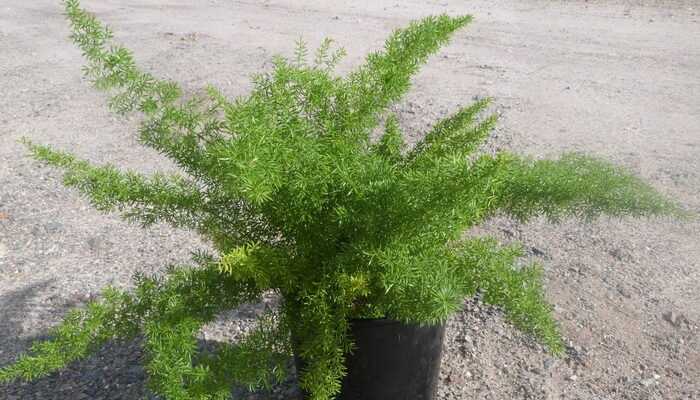
Asparagus Sprenger, or Sprenger’s asparagus (Asparagus sprengeri Regel) belongs to the asparagus family. A semi-shrub plant with cascading semi-lignified shoots that reach a length of 130–180 cm. Shoots are abundantly covered with large, soft cladodia.
When flowering, it produces white flowers with a pleasant smell and fruits – red berries with black seeds.
Medicinal asparagus is a perennial herb. The height of the asparagus is 50-150 cm. The rhizome is thick, horizontal, densely planted with cord-like roots. The rhizome forms several underground vertical fleshy shoots (asparagus) with scaly leaves. With further growth, the shoot develops into a strongly branched aerial stem, smooth, with branches branching off at an acute angle. The leaves are reduced into barely noticeable scales, in the axils of which there are bundles of the so-called cladodia – modified shoots similar to leaves. Flowers are small, greenish-yellow, dioecious. The fruit is a red, small, spherical, six-seeded berry. Asparagus blooms in June – July.
In the wild, it is found in almost all regions of the European part of the USSR (except for the North), in the Caucasus, in Western Siberia.
Grows on steppe and flood meadows, sands, among thickets and bushes. Cultivated as a vegetable and ornamental plant.
Rhizomes with roots and young shoots are used mainly of wild-growing asparagus.
Caution! The entire family of asparagus is mildly venomous.
Here’s how to grow asparagus at home.
How to grow asparagus at home and how to care for it
Asparagus is a very unpretentious plant, so it can be kept in any conditions.
Asparagus loves light, but cannot stand direct sunlight. Grows well in pots or baskets hung by the window.
It reconciles with any temperature in the room, but in winter it prefers a temperature in the range of 12-14 ° C.
For growing asparagus, the substrate is prepared from sod and leafy soil, humus and sand (2: 1: 1: 1).
In summer, the plant requires regular abundant watering and spraying, since with a lack of moisture in asparagus leaves begin to turn yellow. In order to care for asparagus at home correctly, as advised by experienced flower growers, watering must be significantly reduced in winter.
During the growth period, it is necessary to feed with any complex fertilizer twice a month.
Annually in the spring, before the start of active growth, they are transplanted. When caring for asparagus, all plant species need frequent reloading (about once or twice a year), and each time it is necessary to slightly reduce the root system.
Reproduction of asparagus is done by cuttings, dividing bushes, seeds. In the latter case, fresh seeds must be evenly scattered over the surface of the prepared substrate (one part of sand, one part of leaf and one part of sod land), sprinkle it from a spray bottle, cover with glass and put in a warm place.
Dry air causes yellowing and death of leaves. The leaves turn yellow-brown and fall off. Reason: insufficiently humid indoor air. The plant should be sprayed more often.
Spots on the leaves. Reason: damage by scabbards. Place the plant in a cool place and increase the humidity.
The video “Caring for asparagus” shows all the main agricultural techniques:
Uses of asparagus (asparagus)
Using. Mainly as an ampelous plant.
In Chinese medicine, a decoction of asparagus root is used internally as a diuretic, tonic and antipyretic agent, as a remedy for improving blood circulation and digestion, for gout, rheumatism, diabetes, lung diseases, impotence, whooping cough. Infusion of plant sprouts – externally for eczema (in the form of lotions).
In France, asparagus rhizomes and young shoots are used as a good diuretic, which, however, is not recommended for inflammation of the urinary canal, as it can irritate the epithelial tissue.
Asparagus shoots are used to prepare salads, canned food, soups, shoots boiled with butter and breadcrumbs – as a second dish. Dietary use of asparagus also has a similar healing effect.
The aerial part of medicinal asparagus (without thick stems) has vasodilator, reduces the excitability of the central nervous system and diuretic properties.
